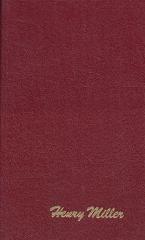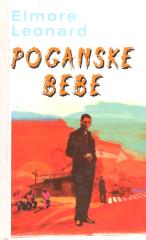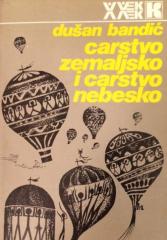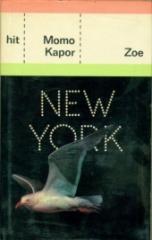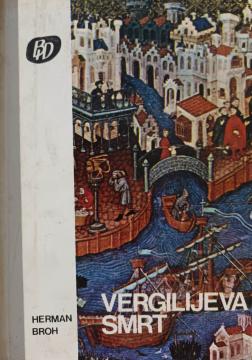
Vergilijeva smrt
Der Tod des Vergil (1945) ist Hermann Brochs bekanntestes Werk. Der Roman erzählt die Geschichte der letzten Tage des römischen Dichters Publius Virgilius Marus, der schwer krank von Athen nach Brundisium reist und dort am Geburtstag von Kaiser Augustus i
Die Handlung spielt in den letzten achtzehn Stunden von Vergils Leben, gepackt von Fieber und Todesahnung. Der Roman ist in vier Kapitel gegliedert, die jeweils einem Tagesabschnitt entsprechen: der Ankunft mit dem Schiff, einem Spaziergang durch die Slums, einem Gespräch mit Kaiser Augustus und dem endgültigen Tod.
Vergil, schwerkrank und melancholisch, liegt auf einer Bahre inmitten einer Masse von Passagieren, Symbolen von Chaos und Vergänglichkeit. Der Arzt Charondas erkennt die Krankheit als schöpferische Kraft. Im Palast, durch den Bewusstseinsstrom – „das einzige lyrische Gedicht“ – verzweifelt der Dichter: Die Aeneis ist keine authentische Kunst, sondern ein Kompromiss mit der kaiserlichen Ideologie. Er will das Manuskript vernichten, doch Augustus rät ihm davon ab und betont dessen Rolle bei der Stabilisierung des Reiches.
Der philosophische Dialog mit dem Kaiser offenbart einen Dualismus: Die Kunst sucht nach Wahrheit und Transzendenz, die Macht nach Ordnung und Lüge. Broch erforscht die existenzielle Krise des Künstlers in einem Übergangszeitalter (vom Heidentum zum Christentum), Melancholie als Weg zur Erleuchtung und den Konflikt zwischen dem Titanischen und dem Dionysischen.
Auf seinem Sterbebett befreit Vergil die Vision einer Mutter mit Kind – eine Vorahnung des Christentums. Er stirbt in Ekstase und akzeptiert den Tod. Das hybride Genre – historischer Roman, lyrisches Gedicht – ist voller Symbole, inspiriert von Joyce. Es projiziert Brochs Krise im Exil: die Suche nach Sinn inmitten des Chaos. Ein herausforderndes, tiefgründiges Werk über Authentizität und die Ethik der Kreativität.
Two copies are available
Copy number 2
- Spuren von Patina
- Unterschrift des Vorbesitzers
